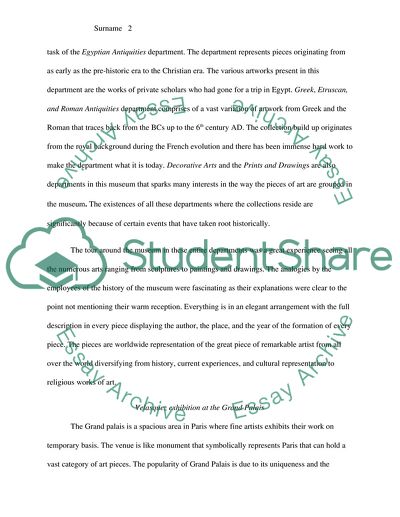Cite this document
(“Site Visits: Paris Essay Example | Topics and Well Written Essays - 3750 words”, n.d.)
Site Visits: Paris Essay Example | Topics and Well Written Essays - 3750 words. Retrieved from https://studentshare.org/visual-arts-film-studies/1691587-site-visits-paris
Site Visits: Paris Essay Example | Topics and Well Written Essays - 3750 words. Retrieved from https://studentshare.org/visual-arts-film-studies/1691587-site-visits-paris
(Site Visits: Paris Essay Example | Topics and Well Written Essays - 3750 Words)
Site Visits: Paris Essay Example | Topics and Well Written Essays - 3750 Words. https://studentshare.org/visual-arts-film-studies/1691587-site-visits-paris.
Site Visits: Paris Essay Example | Topics and Well Written Essays - 3750 Words. https://studentshare.org/visual-arts-film-studies/1691587-site-visits-paris.
“Site Visits: Paris Essay Example | Topics and Well Written Essays - 3750 Words”, n.d. https://studentshare.org/visual-arts-film-studies/1691587-site-visits-paris.


